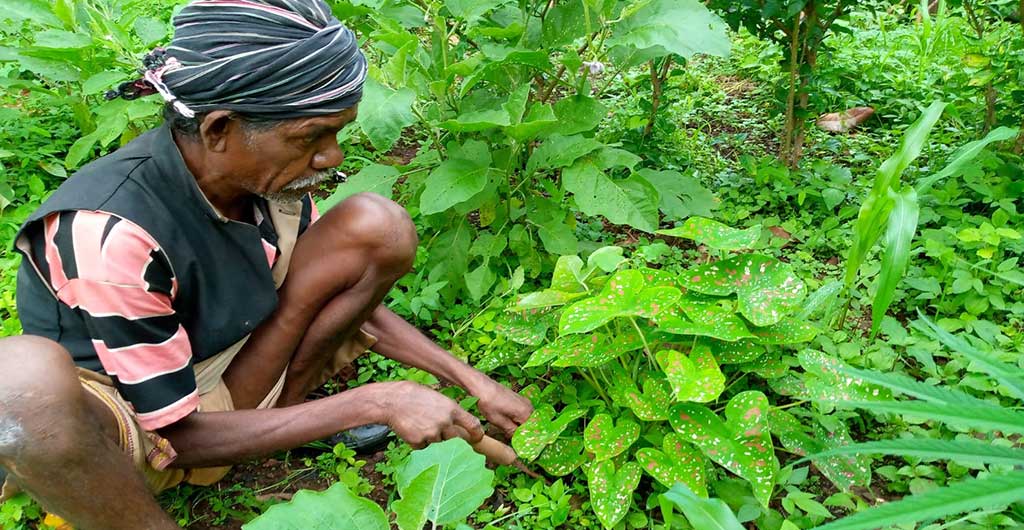Biological Diversity Act 2002
It is enacted to provide for “conservation of biological diversity, sustainable use of its components and fair and equitable sharing of the benefits arising out of the use of biological resources, knowledge and for matters connected therewith or incidental thereto”. It was enacted to meet the obligations under the Convention on Biological Diversity (CBD) as India is a party to it. The Act defines, Biological resources as “plants, animals and micro-organisms or parts thereof, their genetic material and by-products (excluding value added products) with actual or potential use or value, but does not include human genetic material.”
The three main objectives of the Biological Diversity Act, 2002 are conservation, sustainable use and equitable benefit sharing out of the utilization of bioresources. The focal objective of the Biological Diversity Act, 2002 is to recognize equitable sharing of benefits arising out of the use of biological resources and associated knowledge through protection of Intellectual Property Right. The Act provides measures for safeguarding traditional knowledge and practices, preservation of rare and threatened species and prevention of bio-piracy.
Under the Act, the National Biodiversity Authority (NBA) has been formed and is headquartered at Chennai. State Biodiversity Boards (SBBs) also have been formed in all Indian states.
The Act mentions that “every local body shall constitute a Biodiversity Management Committee within its area for the purpose of promoting conservation, sustainable use and documentation of biological diversity including preservation of habitats, conservation of landraces, folk varieties and cultivars, domesticated stocks and breeds of animals and microorganisms and chronicling of knowledge relating to biological diversity”. It empowers the community at the local level through the formation of Biodiversity Management Committees for the preparation of the Peoples Biodiversity Register (PBR) to document the resources available and the traditional knowledge associated with it by locals.
Section 41 (2) of the Act states that “the National Biodiversity Authority and the State Biodiversity Boards shall consult the Biodiversity Management Committees while taking any decision relating to the use of biological resources and knowledge associated with such resources occurring within the territorial jurisdiction of the Biodiversity Management Committee”.
Section 41 (3) of the Act further empowers the BMC by stating that “the Biodiversity Management Committees may levy charges by way of collection fees from any person for accessing or collecting any biological resource for commercial purposes from areas falling within its territorial jurisdiction.”
Though 19 years have passed since the enactment of the Act, but many of the local bodies are yet to prepare the People’s Biodiversity Registers (PBRs) in absence of which people can not have the benefits sharing arrangements. As on 20.4.2022, there are 276836 BMCs formed and 266135 numbers of PBRs prepared (As per the data published by National Biodiversity Authority).
Constitution of the Biodiversity Management Committees (BMCs) at local levels — in panchayats, municipalities and corporations are pending in many states causing a delay in the preparation of PBRs of bio-resources (both wild and cultivated).
Proper implementation of the Biological Diversity Act
The Biological Diversity Act 2002 provides us with a very strong legal framework and regulatory mechanism for conservation of the biological resources and ensuring benefits to the local community out of the utilization of these resources for commercial purposes and protecting the traditional knowledge and practices.
Without preparation of the PBRs and proper documentation of the biological resources, both the community and the country are losing revenues that have provisions for access and benefit-sharing for commercial utilization of bio-resources.
IBRAD has develop modules for orientation of the local level authorities about the Act and the process for the formation of the BMC and have conducted number of trainings.
IBRAD has also conducted training for orientation of the BMC on its functions and powers under the Act and the process and methods of preparation of the PBR.





How do we identify the lacunae’s for proper implementation of the Biological Diversity Act amongst the PVTG’s of remote inaccessible terrain? Is there any supervising or controlling body of authority that looks into such issues?
How do we identify the lacunae’s for proper implementation of the Biological Diversity Act amongst the PVTG’s of remote inaccessible terrain? Is there any supervising or controlling body of authority that looks into such issues?